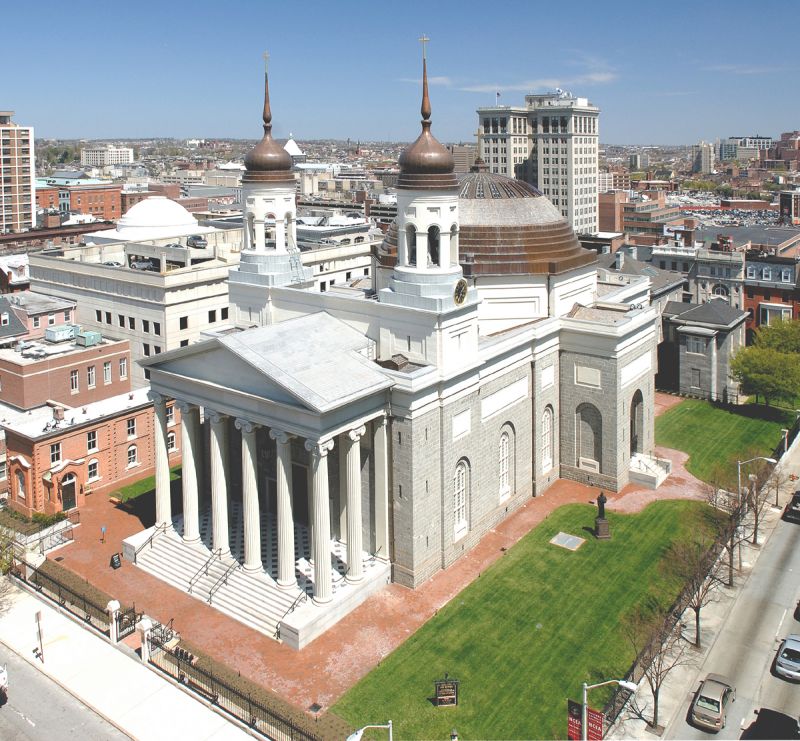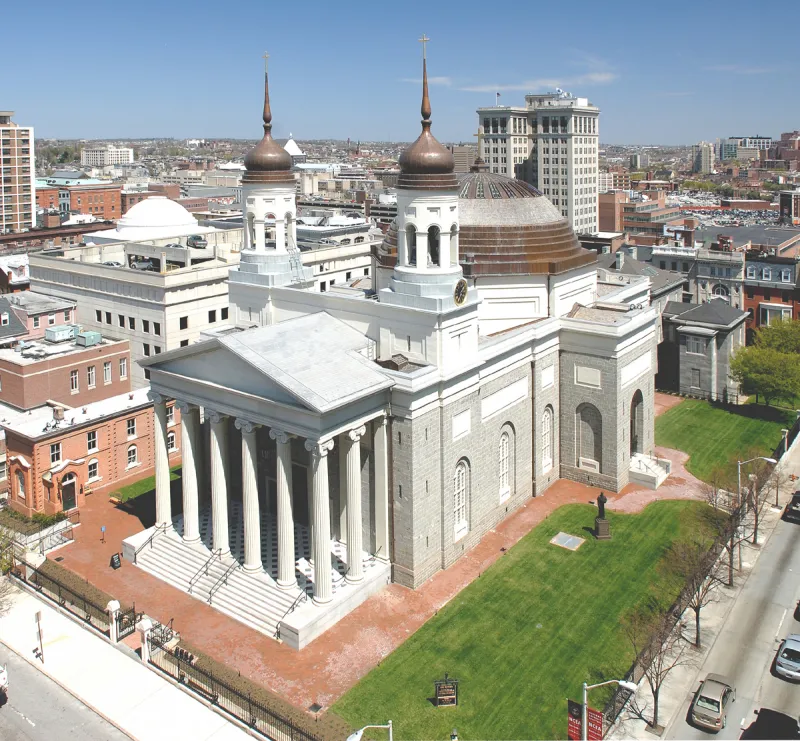
Archdiocese of Baltimore adds 42 accused individuals to child sex abuse list
 A view of Baltimore’s Basilica nestled amid the city’s famed row houses / Public domain
A view of Baltimore’s Basilica nestled amid the city’s famed row houses / Public domain
Boston, Mass., Jul 3, 2023 / 14:35 pm (CNA).
The Archdiocese of Baltimore on June 30 added 42 names to its list of individuals accused of child sexual abuse.
The addition of the names to the “List of Priests and Brothers Accused of Child Sexual Abuse,” first published in 2002, comes following Maryland Attorney General Anthony G. Brown’s April report on child sexual abuse in the archdiocese dating back to the 1940s.
The attorney general’s report called the scope of the abuse “astonishing,” noting that more than 600 children were discovered to have been abused by 156 individuals listed in the report, while adding that “the number is likely far higher.”
The 42 names that were added to the archdiocese’s list consist of 39 individuals who were included in the attorney general’s report; the three other individuals added weren’t named in the report.
One of the three named is Father Phillip Linden, a Josephite priest who is no longer in active ministry and was named in an allegation relating to his times at St. Francis Xavier Church in East Baltimore in the 1970s.
A Conventual Franciscan, Father Michael Miller, who is suspended from public ministry and pled guilty to child pornography charges in 2013, is also one of the three named.
Lastly, a retired archdiocesan priest who no longer has faculties, Joseph O’Meara, who was accused of “inappropriate touching of a minor” in the 1980s and 1990s, and committing a “boundary violation” with a different minor around the same time, was the third who was named. More can be read about all three here.
As far as the other 39 individuals in the attorney general’s report who were added to the list, at least 33 of them are deceased. The 39 individuals can be read about toward the bottom of the archdiocese’s list of accused here.
According to the archdiocese, the majority of the 39 individuals were not previously included in the list for one of three reasons: the alleged perpetrator is not a priest or brother, never had an assignment within the archdiocese, or was first accused after he died and “is the subject of a single, uncorroborated allegation,” the archdiocese said.
The archdiocese encourages anyone with knowledge of child sexual abuse to contact law enforcement, and anyone with knowledge of sexual abuse by clergy or diocesan personnel to contact the archdiocesan victim’s assistance line at 1-866-417-7469 or the Archdiocesan Office of Child and Youth Protection at 410-547-5348.


